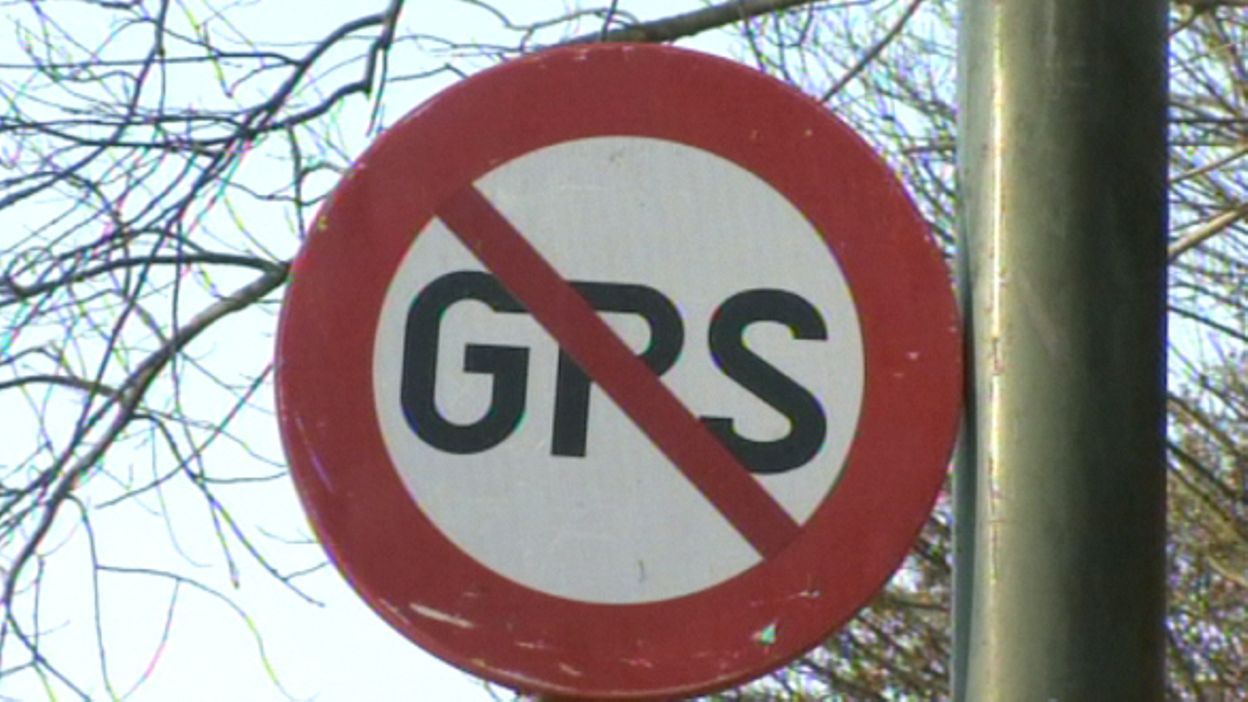
In a peloton, the cyclist experiences considerably less air resistance than expected
“At the very back, the air resistance is very low, but there is less opportunity to react to attacks and falls happen more often. So for classification riders or sprinters, I think the best position is in row 6, 7 or 8: then you are sufficiently shielded by other riders and you’re near enough to the front.”
TU/e-research, headed by professor Bert Blocken, can lead to a different strategy of cycling teams in escape attempts. In the middle of a peloton, racing cyclists experience only 5 to 10 percent of the air resistance they have when cycling alone. That is about 10 times less than was previously assumed. This is shown by calculations and wind tunnel research on a peloton of 121 cyclists by TU Eindhoven, KU Leuven, software company ANSYS and CRAY supercomputers. The results may explain why so few escapes in road cycle races are successful: the assumptions contained in the calculation models that race teams use to determine their strategy are incorrect.
It is well known that in the middle of a cycling peloton you ride ‘out of the wind’ and therefore experience less air resistance. But how much less has never been well researched. From previous research with small groups of riders, estimates have been made of 50 to 70 percent of the air resistance that you experience as an individual rider. But professional riders suggest that in a peloton you ‘sometimes hardly have to pedal’, so the air resistance must be much lower.

This new study, led by TU/e and KU Leuven professor Bert Blocken, systematically charts for the first time the air resistance for each rider in a cycling platoon of 121 riders. The results show that in the middle and at the back of the peloton the drag is about 5 to 7 percent that of a solo rider. Blocken: “Put it another way: it is as if a rider is cycling at 12 to 15 km/h in a peloton that is speeding along at 54 km/h. That’s why it feels right that riders expend so little energy.”
Best position
This study, therefore, seems to be much more in line with what actually happens. Conversely, riders can use this data to see what the best place is in a peloton. “At the very back, the air resistance is very low, but there is less opportunity to react to attacks and falls happen more often,” says Blocken. “So for classification riders or sprinters, I think the best position is in row 6, 7 or 8: then you are sufficiently shielded by other riders and you’re near enough to the front.”
The air resistance for each of the 121 riders in a cycling peloton, as a percentage of the air resistance of a rider who rides alone. Photo: TU Eindhoven
According to Blocken, the results of this study may influence the course of events in, for example, the forthcoming Tour de France. “The calculation models used by race teams to determine the best time to escape are, it turns out, based on the wrong assumptions. This may explain why so few escapes succeed and why the peloton hauls in the riders that do escape. Perhaps these results will lead to more successful escapes.”
Computer simulations in 3 billion cells
The study is a combination of computer simulations and wind tunnel measurements (including a complete peloton of 121 models), which independently gave the same results. The researchers examined two pelotons of 121 riders, where the distance between the rows differed slightly. Computer simulations amounted to 3 billion cells – a world record for a sports application – and required CRAY’s American supercomputers and tens of thousands of software licenses from the company ANSYS. They still had to run for 54 hours on end for the calculation of a peloton, with a total of 49 terabytes of working memory.
Photos Bart van Overbeeke









